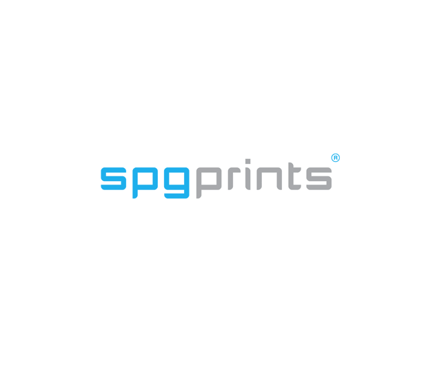When is fabric considered large format?
In the textile industry, a fabric is considered “large format” when it is more than one meter wide. This means that in the textile industry almost all printed fabrics are large format fabrics. After all, they are 1.60 meters wide on average.
The smallest fabric to print on is silk, which most of the time is not wider than 90 centimeters. The second smallest fabric to print on is viscose, which typically starts at 1.10 meters wide. The width of the most used fabric in the fashion industry, cotton, has been expanded over the last couple of years now people are getting taller and taller. Most cotton is delivered on rolls of fabric ranging from 1.50 meters up to 1.85 meters.
An industry where fabric widths exceed these numbers, is the home furnishing industry. Common widths in this industry are 2.20, 2.40, 2.80, 3.20 and 3.40 meters. Overall, this means that there is a high demand for large format fabric printers within both the fashion as well as the home furnishing textile industry.

Large format fabric printing
Scalability
Obviously, the width of the printer that you choose to buy has to accommodate the largest width of fabric that you want to print. When you never go above 1.85m fabric width, there is no need to buy a printer that is wider than 1.85 m.
An often asked question when looking at scanning printers, is if the heads always travel the whole width of the blanket (regardless of the width of the fabric). In the older generation of printers, this often was the case as the heads needed cleaning almost each pass. This cleaning was done on the left and/or right side next to the blanket.
The current generation of printheads do not need cleaning that often, which allows the heads to only move from left to right and back over where the fabric is. A special sensor detects the width of the fabric, mostly done in the first pass. From then on, the heads only move above the fabric until the heads need cleaning again. This can be set at a firm number of passes or be detected by the printer itself. It is vital that you have good quality heads, because that reduces the number of cleaning cycles (that need time and extra ‘travel time’ for the heads to reach the cleaning position).
The Magnolia digital textile printer, for example, is a multi-pass printer that prints only above the fabric. Because of the used Archer Technology, including the special printheads and dedicated ink, it reduces the need for cleaning to the absolute minimum. The Magnolia is available in 1.85m printing width for the fashion industry and 3.2m for the home textiles markets.
Quantities
The choice of printer is also dependent on the quantity of large format fabric you have to print. As a rule of the thumb, if you have to print less than 1 million meters per year, one multi-pass scanning machine will do. If you go above that amount, you can either decide to buy more scanning machines or invest in a single pass printer.
The key differentiator here is the level of flexibility that you need. If you print on a limited amount of fabrics, and for instance they are all cotton/viscose types, then a single pass printer is the best choice as it has the highest capacity. One single pass printer can print over 10 million meters per year. If you are requiring great flexibility because you want to print on a very wide range of fabrics, then multiple scanning printers is the best option.
That even gives you the flexibility to use one machine on for instance reactive and the other on disperse. In that way, you can print not only natural fabrics (with reactive) but also polyester fabrics with disperse.
Costs
Besides taking scalability and quantity into account, you need to consider what you are willing to invest in a large format fabric printer. The main advantage of scanning machines over single pass machines is their price.
Where scanning machines are in the range of 0,2-0,5 mio EUR, a single pass machine is (depending on the configuration) well over 1 mio EUR investment. So for one single pass printer you can buy 4-5 scanning printers. The advantage of the single pass printer is that it has more capacity than 4-5 scanning printers, but the attractive part of buying multiple scanning printers is (besides the flexibility as described above) also the fact that you can invest in steps. Buy one machine at once and expand later when your business grows.
Growing your business with large format digital printing
Do you feel like a digital textile printer could be of value for your company? Then first you want to find out exactly how this transition could help you grow your business and get ahead of the competition.
Knowing which core advantages of digital fabric printing helped other textile printers to address new business units and assure a profitable future for their company will help you to make that decision. In our latest guide, we discuss 4 different digital textile printing journeys and how to find a digital textile printer that best suits your needs and those of your customers. Curious to discover your digital textile printing options? Download our newest whitepaper directly:







